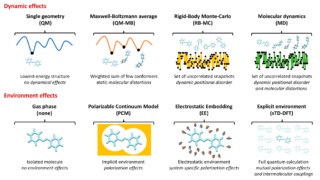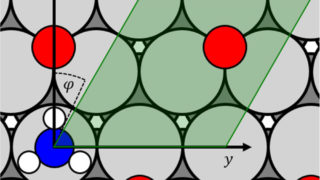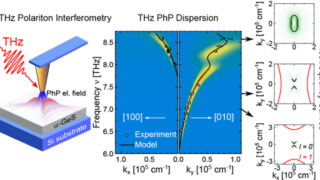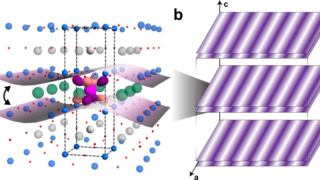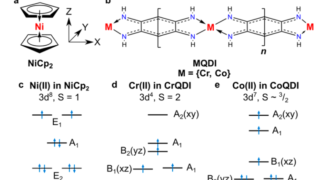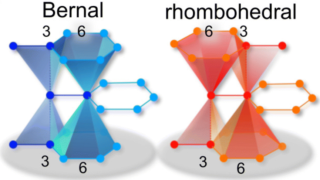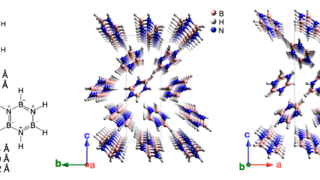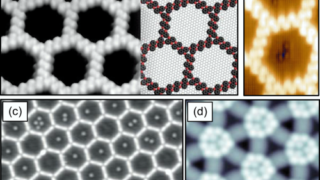
Engineering quantum states and electronic landscapes
Condensed matter • DIPC Interfaces • Materials • Quantum physics
Surfaces are at the frontier of every solid. They provide versatile supports for functional nanostructures and mediate essential physicochemical processes. Intimately related to two-dimensional materials, interfaces and atomically thin films often feature distinct electronic states with respect to the bulk, which is key to many relevant properties, such as catalytic activity, interfacial charge-transfer, and crystal […]
